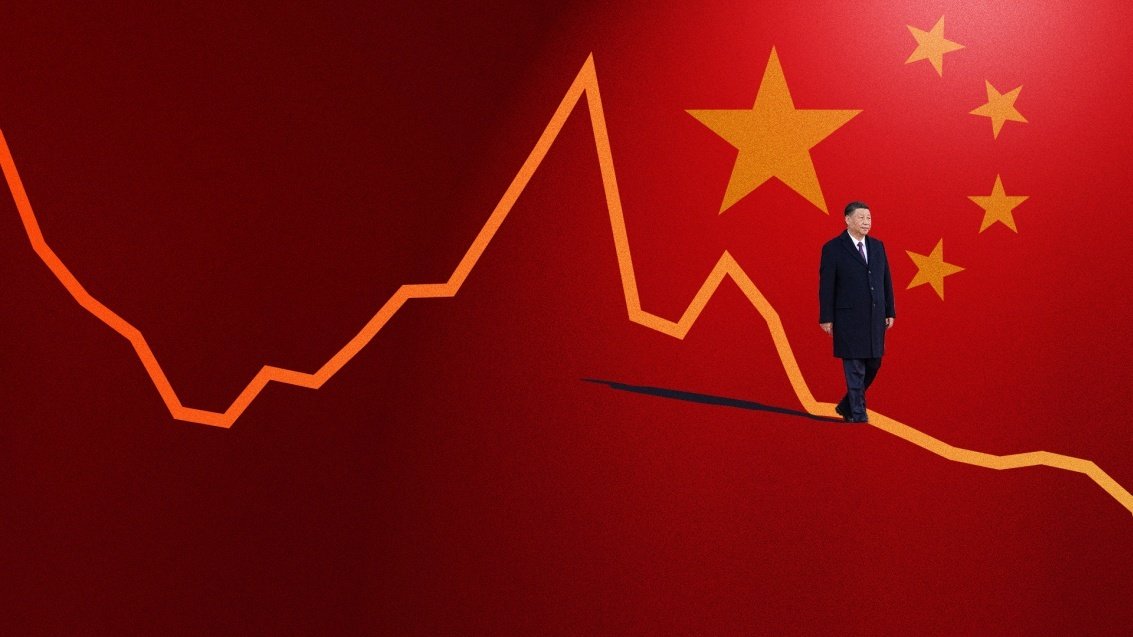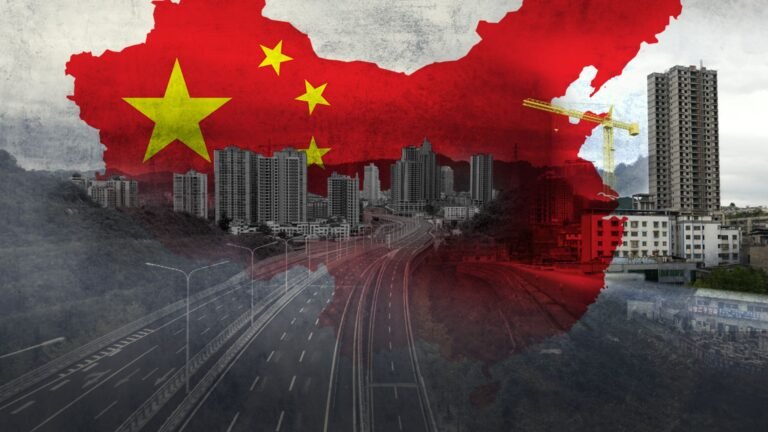Introduction: A Mixed Economic Picture in China
China’s economy continues to send mixed signals as the nation’s factory activity shows signs of slowing growth while the service sector begins to regain its footing. The interplay between these two key economic indicators highlights the challenges and opportunities in China’s journey toward recovery in the post-pandemic era.
The performance of these sectors sheds light on broader global economic trends, with China serving as a critical player in international trade and supply chains. This article explores the factors influencing these trends and what they mean for the future of China’s economy.
Factory Activity Slows: The Challenges Facing Manufacturing
China’s manufacturing sector, a backbone of its economy, is experiencing slower growth due to a combination of domestic and international factors.
- Key Indicators of Slow Growth:
The official Purchasing Managers’ Index (PMI) for manufacturing fell slightly, reflecting weaker demand and production levels. Although still above the threshold of 50, which separates growth from contraction, the slower pace raises concerns about sustained momentum. - Supply Chain Disruptions:
Global supply chain challenges, exacerbated by geopolitical tensions and lingering effects of the pandemic, have dampened manufacturing output. - Declining Export Orders:
With global demand cooling due to high inflation and slower growth in major economies, China’s export orders have seen a decline, further pressuring the manufacturing sector.
Services Sector: A Bright Spot in the Economy
In contrast to manufacturing, China’s services sector shows promising signs of recovery, driven by increased domestic consumption and government initiatives to stimulate demand.
- Positive Growth in Non-Manufacturing PMI:
The non-manufacturing PMI rose above expectations, indicating expansion in the services and construction sectors. This growth is fueled by consumer spending on travel, dining, and entertainment. - Policy Support:
The Chinese government has introduced measures to bolster the service industry, including tax incentives and subsidies for small businesses. - Digital Transformation:
The rapid adoption of digital platforms has accelerated growth in sectors such as e-commerce, fintech, and online education, contributing to overall service sector resilience.
Factors Behind the Divergence
The contrasting performances of China’s manufacturing and service sectors are driven by a mix of structural, domestic, and international factors.
- Global Economic Conditions:
- While the global economy faces headwinds such as inflation and geopolitical conflicts, China’s services sector benefits from its largely domestic focus, shielding it from external shocks.
- Manufacturing, on the other hand, relies heavily on exports, making it more vulnerable to external demand fluctuations.
- Consumer Confidence:
- Increased consumer confidence and spending have spurred growth in services, particularly in urban areas.
- Conversely, manufacturing investment has slowed as businesses adopt a cautious approach amid uncertainty.
- Government Policy Focus:
- Recent policy shifts emphasize boosting domestic consumption and reducing reliance on exports, benefiting the service sector.
- However, structural reforms in manufacturing to enhance productivity and innovation remain a work in progress.
The Role of Government Interventions
China’s policymakers have recognized the importance of balancing growth across sectors to ensure economic stability. Recent interventions aim to address challenges in manufacturing while capitalizing on the momentum in services.
- Stimulus Measures for Manufacturing:
- Tax breaks for small and medium-sized enterprises (SMEs) in the manufacturing sector.
- Investments in advanced manufacturing technologies to enhance productivity and competitiveness.
- Support for Services Expansion:
- Encouraging private investment in tourism, retail, and hospitality industries.
- Promoting infrastructure projects to stimulate construction and related services.
- Monetary Policies:
The People’s Bank of China (PBOC) has maintained accommodative monetary policies, including lowering interest rates to support business activity across sectors.
Long-Term Outlook: Balancing Growth
To achieve sustainable growth, China must address the structural imbalances between its manufacturing and services sectors. Diversifying economic drivers and reducing dependence on exports will be key to ensuring long-term resilience.
- Modernizing Manufacturing:
- Investments in green technology and automation can help revitalize the manufacturing sector and align it with global sustainability goals.
- Expanding into high-value industries such as semiconductors and electric vehicles can reduce vulnerabilities in traditional export-dependent sectors.
- Strengthening the Domestic Economy:
- Policies to promote income growth and reduce inequality will enhance domestic consumption, benefiting both manufacturing and services.
- Urbanization initiatives can create demand for infrastructure and housing, driving growth in construction and related industries.
- Fostering Innovation:
- Encouraging innovation in both manufacturing and services will create new economic opportunities and enhance competitiveness.
Global Implications of China’s Economic Trends
China’s economic trajectory has significant implications for the global economy.
- Impact on Global Trade: Slower manufacturing growth could lead to reduced exports, affecting trade partners and supply chains worldwide.
- Shift Toward Services: The rise of China’s service sector may present opportunities for international businesses in sectors such as tourism, technology, and retail.
- Geopolitical Considerations: Economic policies aimed at reducing reliance on exports could reshape global trade dynamics, particularly in Asia.
Conclusion: Navigating the Road Ahead
China’s economy is at a crossroads, with contrasting performances in its manufacturing and service sectors highlighting the need for a balanced growth strategy. While challenges persist in manufacturing, the resilience of the services sector provides a foundation for optimism.
By addressing structural challenges, leveraging policy tools, and fostering innovation, China can achieve sustainable growth that benefits both domestic and global stakeholders. The journey ahead will require strategic planning and adaptability, but the potential rewards are significant for the world’s second-largest economy.





Leave a Comment